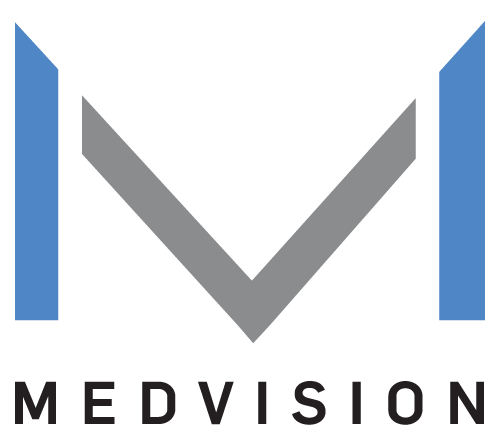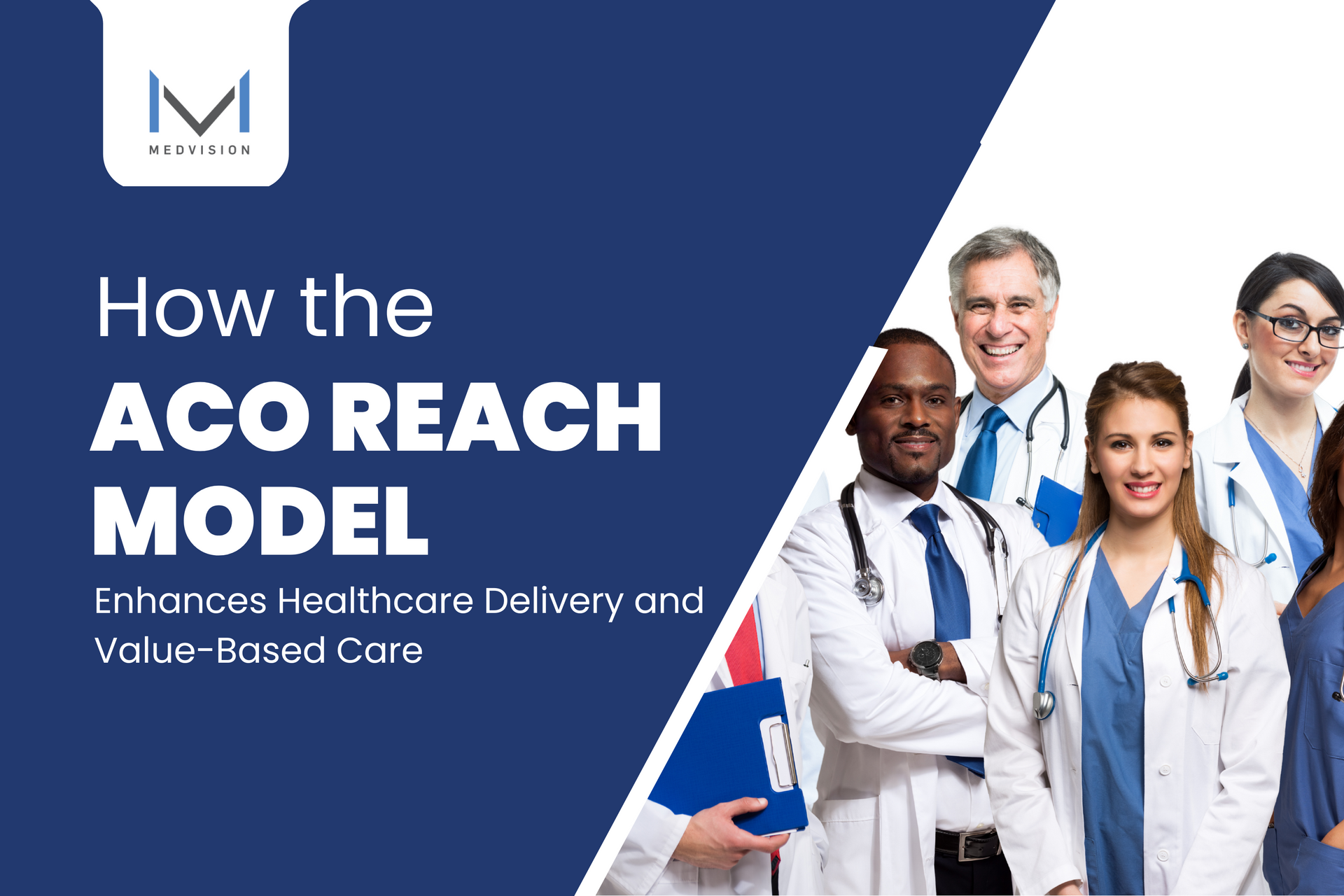How the ACO REACH Model Enhances Healthcare Delivery and Value-Based Care
The ACO REACH Model is a transformative approach that reshapes how healthcare is delivered, financed, and experienced. Focusing on health equity, provider empowerment, and data-driven care ensures that the most vulnerable populations receive the right care at the right time and in the right setting. For providers, it offers financial stability and flexibility to innovate. This is exactly what the future of healthcare should look like.
However, successfully adapting to this model depends on the right support systems. Integrated
ACO management software can make all the difference, from improving care coordination to securing financial sustainability. In this blog, we’ll explore key factors that help organizations thrive under ACO REACH.
ACO Management Software Designed for Value-Based Care Success
How the ACO REACH Model Transforms Care Delivery
The
ACO REACH value-based care model builds on the foundation of the Global and Professional Direct Contracting (GPDC) Model. This model redefines how accountable care organizations (ACOs) deliver care—focusing on inclusivity, accessibility, and meaningful health improvements where needed most.
Here’s how it works:
1. Health Equity as a Core Priority
ACO REACH aims to tackle health disparities head-on, especially in underserved areas. To participate, ACOs are required to create a health equity plan that lays out actionable steps to close care gaps. This includes expanding access for populations historically impacted by socioeconomic, geographic, or racial disparities.
2. Enhanced Provider Participation
The model actively encourages participation from safety-net providers to truly reach underserved communities. ACO REACH removes barriers to entry, giving these essential providers a stronger economic, financial, and operational foundation to serve patients effectively.
3. Improved Financial Incentives
Traditional fee-for-service models often reward volume over value, leading to unnecessary procedures and fragmented care. ACO REACH flips the script by offering capitated payments—fixed, per-patient reimbursements that align incentives with patient outcomes rather than service quantity. Payments are also risk-adjusted, ensuring providers caring for higher-risk populations receive adequate compensation to meet their needs.
4. Focus on Coordinated Care
The model prioritizes proactive, patient-centered care, reducing reliance on costly emergency visits and hospitalizations. ACOs participating in this model are expected to implement enhanced care coordination strategies, such as:
- Home-based care programs to support patients with mobility or transportation challenges.
- Remote patient monitoring for individuals with chronic conditions like diabetes or heart disease
- Enhanced primary care models that emphasize prevention and early intervention.
5. Flexible Benefit Design
One size does not fit all in healthcare. That’s why ACO REACH expands access to supplemental benefits and waivers, allowing providers to offer non-traditional services that address social determinants of health. These benefits may include:
- Telehealth services for more convenient access to care.
- Post-discharge home visits to ensure safe recovery and reduce hospital readmissions.
- Transportation assistance to help patients attend critical medical appointments.
6. Data-Driven Decision-Making
The ACO REACH focuses on data-driven insights, enabling a shift from a reactive to a proactive strategy.
Providers must have advanced analytics and population health tools that allow them to:
- Identify high-risk patients before they experience a major health event.
- Track and address care gaps to ensure patients utilize preventive services.
- Measure progress on health equity goals with robust reporting tools.
7. Alignment with Medicare’s Value-Based Care Goals
ACO REACH is a natural extension of Medicare’s broader push toward
value-based care, emphasizing better patient outcomes at a lower cost. By prioritizing accountability, equity, and quality over volume-based incentives, the model helps providers move away from reactive, high-cost care and toward a system that rewards efficiency and effectiveness.
8. Greater Accountability & Oversight
Unlike previous models, ACO REACH puts providers in control, requiring that
75% of governance be held by participating providers. This ensures that the organizations making key decisions are the ones delivering care—not outside investors or administrators focused on financial returns. The model also strengthens oversight, demanding greater transparency in spending, patient engagement, and health equity initiatives.
How QuickCap Streamlines ACO REACH Management
While the ACO REACH Model has the potential to revolutionize provider practices, it also presents complex challenges. Many ACOs struggle with data integration, care coordination, and performance tracking, making it difficult to fully leverage
value-based care's benefits.
This is where QuickCap comes in. Our
software for accountable care organizations facilitates a smooth adoption of ACO REACH protocols. Here’s how:
1. Simplified Health Equity Compliance
The ACO REACH Model requires ACOs to develop and execute health equity plans, which involve identifying disparities, measuring progress, and implementing targeted interventions.
QuickCap has the following features to make compliance more manageable:
- Real-time population health analytics to identify at-risk patients and track social determinants of health.
- Automated health equity reporting to ensure compliance with CMS requirements.
- User-friendly dashboards for better population health oversight
2. Optimized Financial Management
Shifting from fee-for-service to capitated and risk-adjusted payments requires extensive adjustment, such as overhauling billing systems and retraining staff on new coding practices.
QuickCap helps ACOs stay financially strong while continuing to prioritize quality, cost-effective care. Its financial tools are designed to boost reimbursements and reduce financial risks by:
Automating risk stratification to ensure accurate patient classification and appropriate funding.- Tracking and forecasting financial performance to help ACOs manage costs and maximize savings.
3. Better Care Coordination
One of the key objectives of ACO REACH is to reduce hospitalizations and improve patient outcomes through proactive, coordinated care. MedVision’s care coordination software enhances care management through the following features:
Real-time care coordination across multiple providers and care settings through integrated communication tools- Automated the referral workflow, ensuring patients receive the specialist care they need without unnecessary delays.
- Embedded evidence-based guidelines into your workflow, ensuring consistent, high-quality care across all touchpoints.
- Integrated Electronic Data Interchange (EDI) capabilities to enhance the flow and sharing of information from EMRs
4. Easier Compliance & Performance Tracking
CMS requires ACOs to meet strict quality benchmarks and reporting requirements under ACO REACH. Manual tracking can be time-consuming and error-prone, leading to compliance risks. QuickCap simplifies and automates these processes by:
Generating real-time performance reports aligned with CMS quality metrics.- Ensuring seamless audit readiness with built-in compliance tools.
- Providing predictive analytics to identify trends and optimize ACO performance.
Strengthen Your ACO REACH Strategy with Quickcap!
QuickCap is advanced, integrated healthcare administrative software that enables organizations to scale their value-based care initiatives, enhance provider collaboration, and improve patient outcomes. By removing the administrative burden and optimizing operational efficiency, the platform allows ACOs to focus on what matters most: delivering high-quality, equitable care that transforms patient lives.
Contact MedVision today and get a demo of the best software for accountable care organizations!













